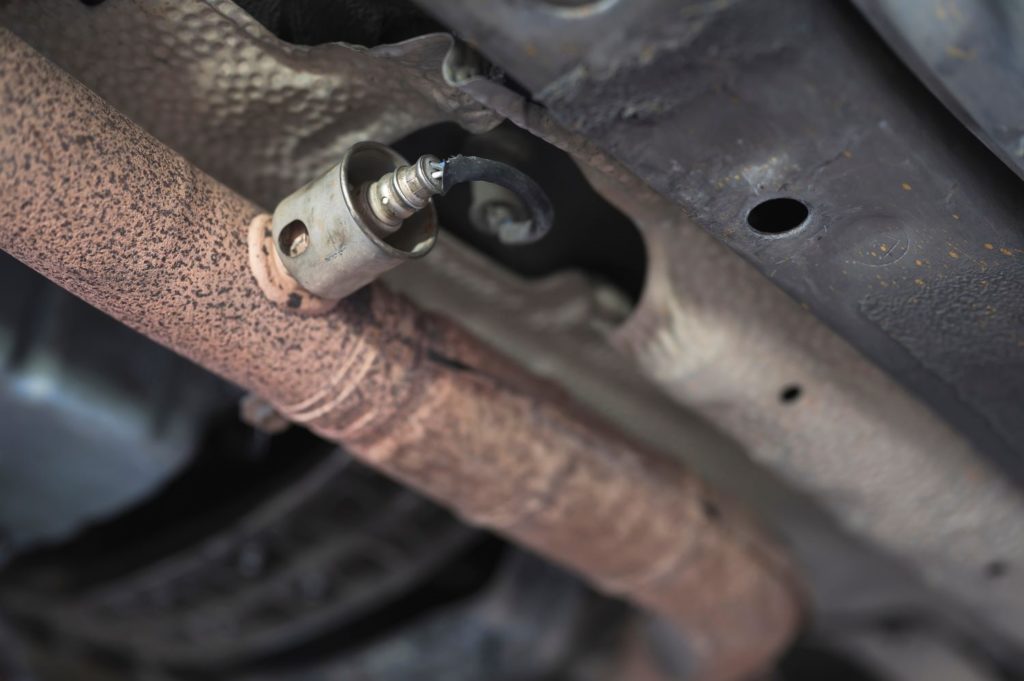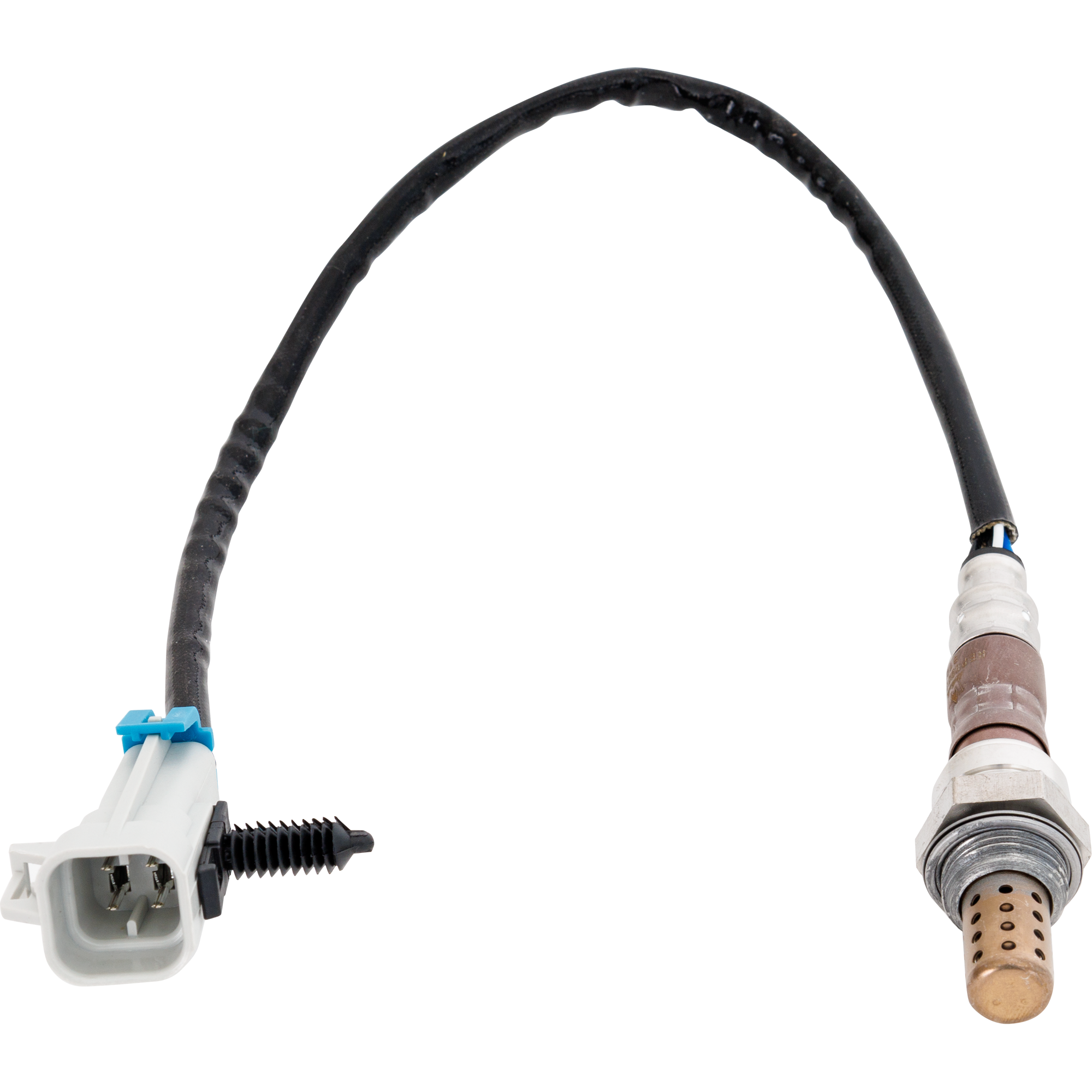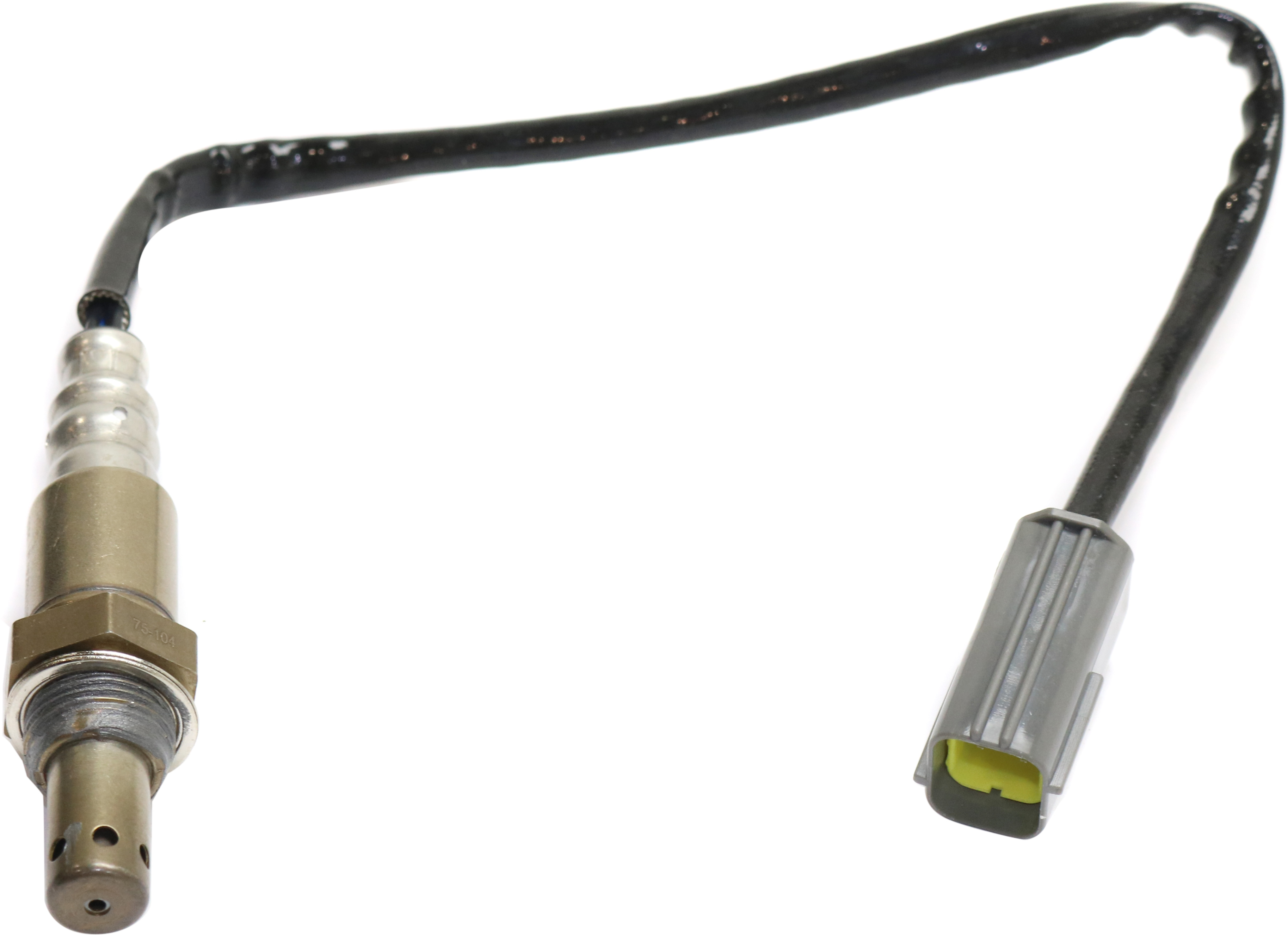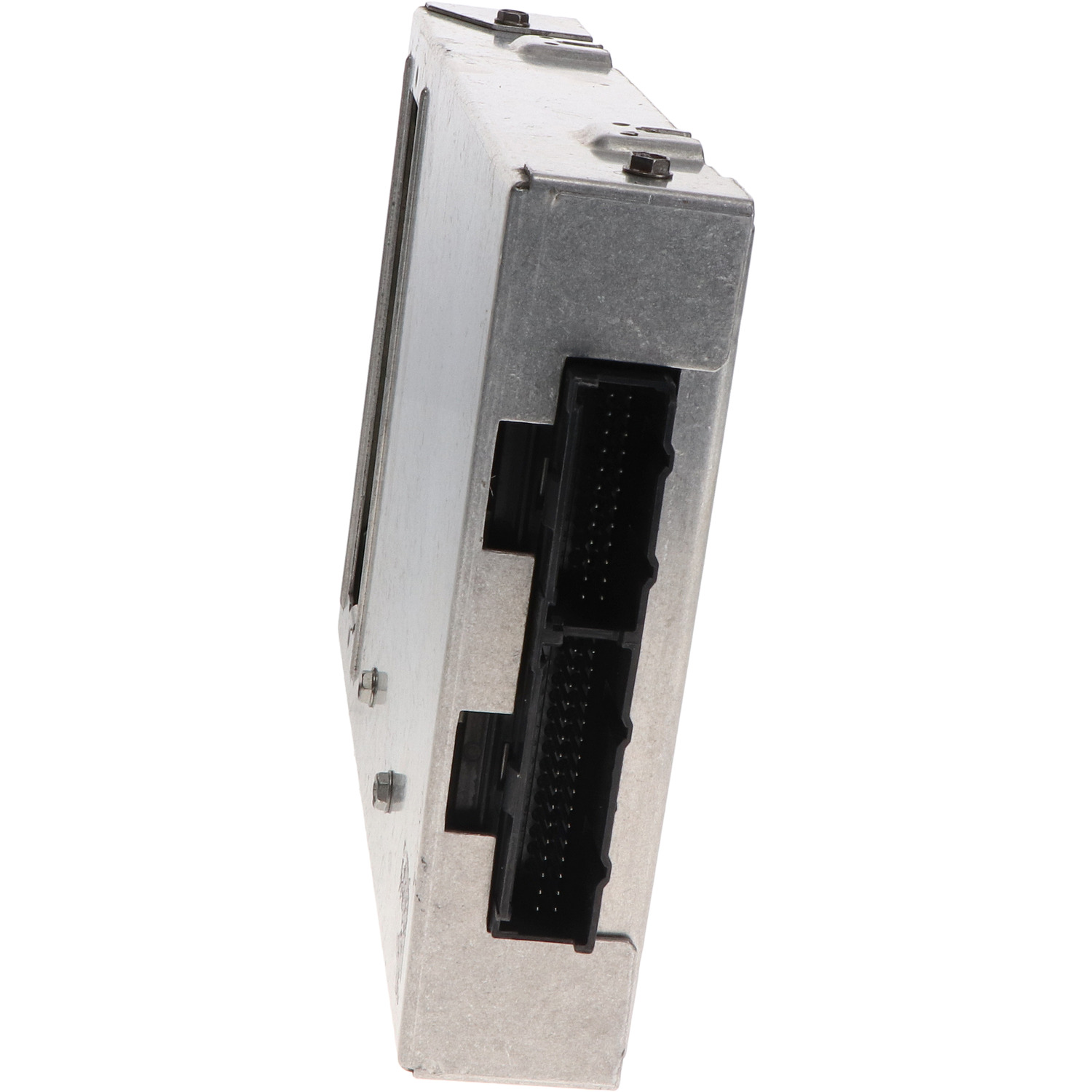The issues that trigger a P0156 code can affect your vehicle in multiple ways. You’ll have to find the underlying causes of this trouble code to fix your vehicle. If you’re planning to diagnose and repair your vehicle on your own, we recommend doing some research. Keep reading to learn more about the P0156 code.
What Does the P0156 Code Mean?
Diagnostic trouble code (DTC) P0156 or “O2 Sensor Circuit Malfunction Bank 2 Sensor 2” is a generic powertrain code that applies to vehicles equipped with OBD-II. This code refers to the downstream O2 sensor on Bank #2.
A P0156 code can be stored if the vehicle’s powertrain control module (PCM) detects problems with the O2 sensor, particularly if the O2 sensor is inactive or stuck on low for too long. The O2 sensor provides the PCM with data about the oxygen content of the exhaust so that the PCM can control the fuel injector pulse.
A P0156 code can indicate various problems with your vehicle. To keep your vehicle in good condition, you’ll need to address the issues that set this code right away.
Note: The definition of code P2771 might be different depending on the vehicle manufacturer. Consult the appropriate repair manual or repair database for the exact code definition.

What are the Common Causes of the P0156?
This code can be triggered by one or more issues. We recommend checking the following parts or circuits to make sure they’re in good working order. Here are some of the most common causes of the problems that set a P0156 code.
- Faulty or damaged O2 sensor
- Damaged or corroded wiring
- Holes in exhaust near O2 sensor
- An issue with the PCM
What are the Common Symptoms of the P0156?
This code only has a few known symptoms. However, you should still pay attention to your vehicle’s issues because they can indicate faulty or damaged components. Here are the most common symptoms of the problems that set a P0156 code.
- Illuminated check engine light
- Reduced MPG
- Increased tailpipe emissions
How to Diagnose the P0156
The causes and symptoms of the issues triggering a P0156 code can vary depending on the vehicle’s make and model. If you want to diagnose this code, you’ll have to refer to your vehicle’s repair manual to find the actual definition and location of each component. You can use the video below to get an idea of what diagnosing the code might involve, but you’ll still need to do some research on your vehicle to determine the best solution.
How to Fix the P0156
There’s no fixed solution for troubleshooting a P0156 code. What might work to resolve a P0156 code for a Ford might not work for a Honda. Some auto repair skills and knowledge are required to properly diagnose and repair your vehicle. If you don’t have the confidence to troubleshoot this code, we recommend asking a trusted mechanic for help.
However, if you’re set on troubleshooting this code yourself, you should search for technical service bulletins regarding your car’s specific problems with. You might be able to cut down on your research time as a result. We also encourage you to get a Chilton repair manual and an ALLDATA single-vehicle subscription to help you maintain your vehicle.

Where to Buy a Quality Replacement O2 Sensor
Increased emissions and lower fuel efficiency often occur when DTC P0156 is set in your vehicle. If a faulty O2 sensor is to blame, you’ll want to replace it as soon as possible to avoid paying more for gas or failing an emissions test. If it’s a new O2 sensor you need, CarParts.com has you covered.
CarParts.com has a vast catalog of quality aftermarket parts for you to peruse. We also offer helpful guarantees and a 60-day return policy to make ordering online easy, convenient, and worth your money. If you have any questions regarding our many offers, you can reach out to our friendly and helpful customer service team. They can brief you on our latest sales, our price-match guarantee, and much more. Our team is available around the clock too, so no matter the hour, they’ll be eager to assist you.
Don’t leave your faulty O2 sensor in your car. Buy a replacement O2 sensor now at CarParts.com.
Shop this Project



Any information provided on this Website is for informational purposes only and is not intended to replace consultation with a professional mechanic. The accuracy and timeliness of the information may change from the time of publication.





















